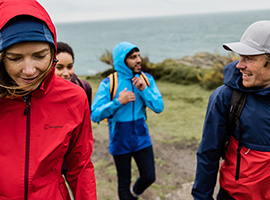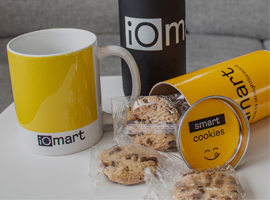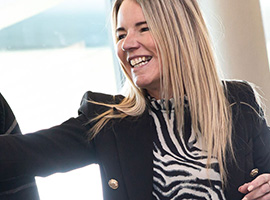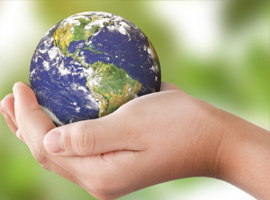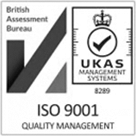The power of doing the right thing: Why we choose greenify® as our sustainability partner
Some combinations work well together, like cheese and wine, PJ and Duncan, or fish and chips. And then there is greenify and A.D., a practically perfect pairing; as we learned when Neil Owens, Founder of Greenify Ltd, and our Commercial Director Nick opened up about the power of our partnership, taking real responsibility for the environment and the importance of sustainable solutions. 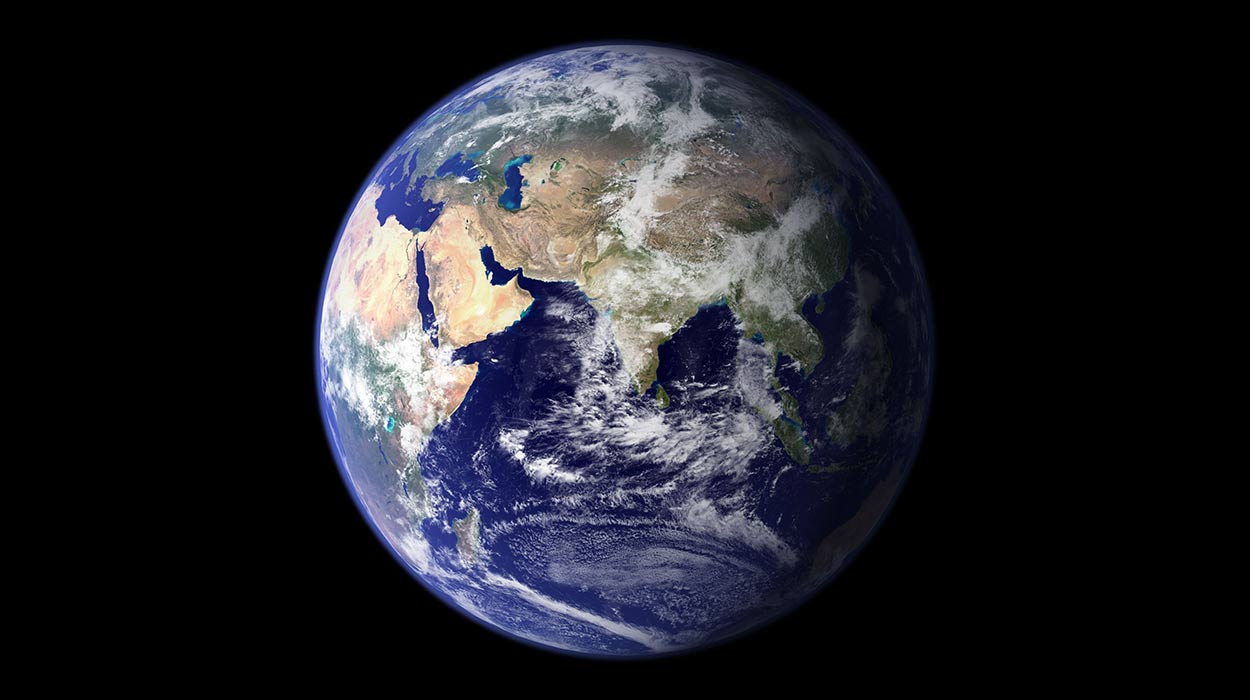
Greenify and A.D. – incredible alone, unstoppable together
Sustainability has been a big priority to A.D. for years, but as part of our brand evolution in the first half of 2021, we knew it was essential to commit to something measurable and tangible that we could really get behind.
Through our partnership with greenify, we’re able to make a real impact on reducing our carbon footprint by supporting initiatives that help fill it in.
It’s fair to say that as far as carbon offsets are concerned, they are not all the same. Grey carbon offsets attempt to reduce emissions in one place to compensate for emissions elsewhere, but they often come with other problems, such as hydropower plants that negatively impact local ecosystems or biomass projects that burn organic materials.
It is greenify’s policy to only partner with offset projects that are “greener than green”. Such projects harness the power of nature’s own amazingly efficient way of capturing carbon dioxide – preserving forests and planting trees – protecting and restoring our planet’s ability to remove CO2 from the atmosphere and working in harmony with the environment and local communities.
Our ability to say ‘we greenify’ is fundamental to our business, it is actually one of our values, and this ethos flows into every decision we make.
We chatted to founder Neil about all things greenify and to our own Nick Green – who has fantastic advice for any brand looking to make an impact with sustainability. Here’s what we discovered.
Our interview with Neil
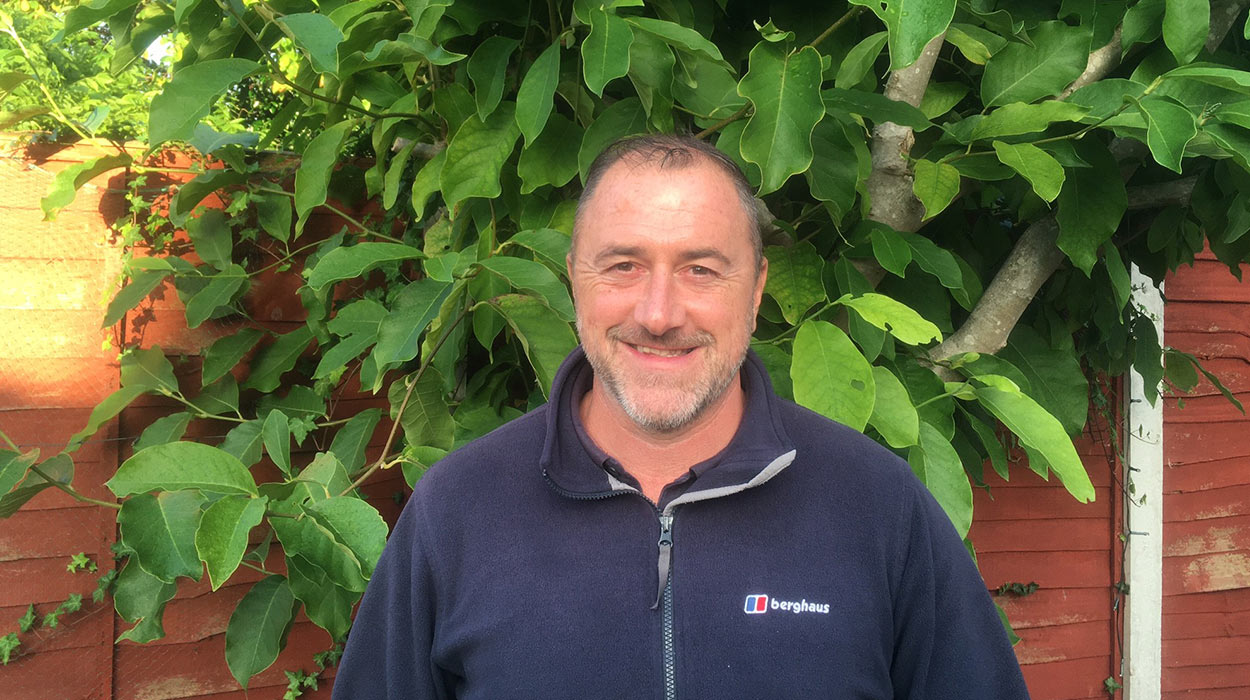
So Neil, why did you start ‘greenify’?
Starting greenify was a very personal crusade – I absolutely do not want to be responsible for leaving my kids a trashed planet. So I needed to find a way to make a difference, to push back.
Part of that pushback is carbon offsetting – can you tell us a little bit about what it means?
A carbon offset is an action that reduces or captures emissions ‘over here’ to offset emissions ‘over there’. Take a flight, plant a tree.
There are lots of different types of carbon offsets, and our favourites are nature-based projects that preserve the carbon-capture capacity of forests. The revenue generated by the sale of carbon credits makes the conservation of forests a commercially viable alternative to chopping them down.
Okay, playing devil’s advocate – does it work? Can we trust it?
If a project has been certified by one of the leading carbon registries – like Verra, who specialise in nature-based carbon projects – then yes, 100%.
Verra has incredibly robust verification protocols, which means that brands that invest in Verra-certified carbon credits through greenify can be sure they’re making a real and measurable impact in the fight against climate change.
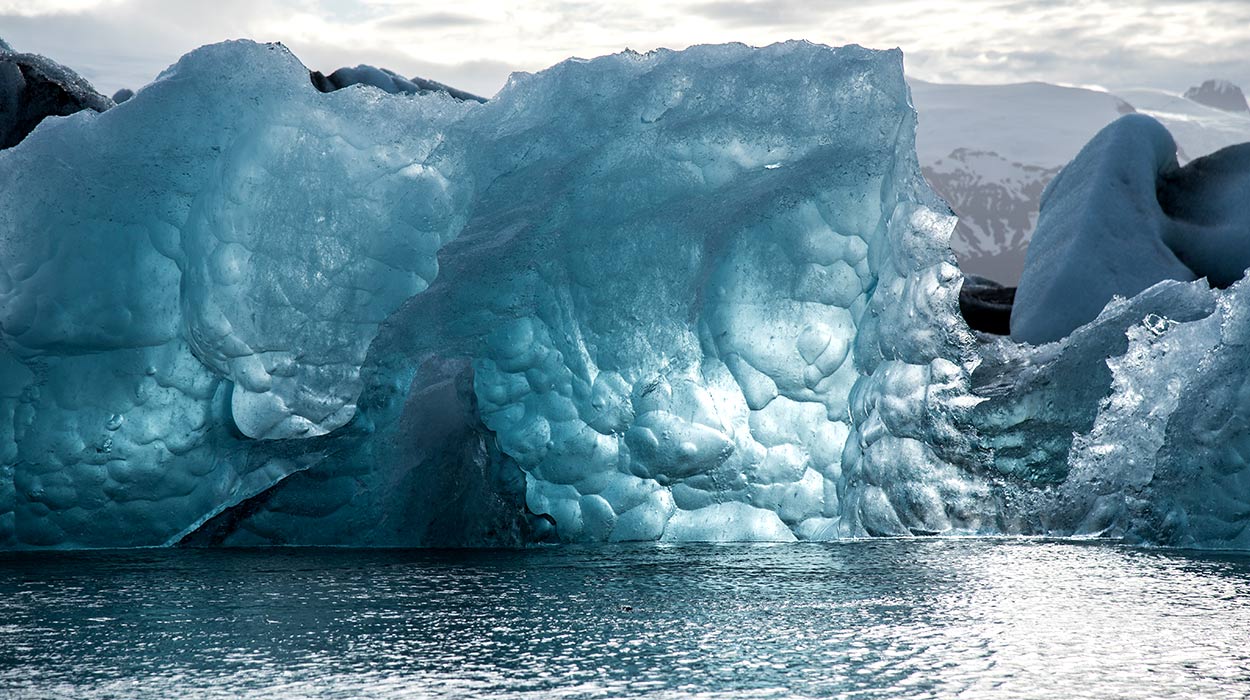
So, when it comes to taking care of our environment, where do you hope to see the most change within society, would you say?
I think we’re seeing real change right now – in the growing awareness of the impact we’re having on the planet. People have woken up to the threat of climate change, and as a result, they’re choosing to buy from brands with strong eco-credentials. And, crucially, big brands know this and they’re striving to become more sustainable in order to keep their customers happy. So, ultimately, it’s people power and the power of the market that will drive the change we need.
Almost everything we do has a negative impact on the environment – what changes would you say you’d like to see people make for our environment in the near future?
If it’s in the right direction, every little change we make can – and will – make a difference. Making “huge changes” can be tough, but more recent events have shown us that when the pressure is on, change can happen very quickly – like the sudden shift towards working from home during the Covid-19 lockdowns. I think that’s a good example of a big change that’s both achievable and has a big environmental benefit. And if implemented intelligently, it can improve people’s lives too. We have to find more of these “win-wins”.
And we know (thanks to you!) that the only way to secure our future on this planet is to compensate for the impact of our actions. What would you say has been the most effective way you’ve communicated this to someone who is a ‘sustainable newbie’?
I think people are becoming comfortable with the concept of offsetting – it’s frequently offered at point-of-sale when booking a flight. But of course, just about everything we buy creates an environmental impact, and ultimately, if we’re to achieve sustainability, everything will have to be offset. So I often use the line “Even a lunch of organic lentils comes with a side order of carbon emissions.”
We’re thankful to be able to work with you to do something about that! Is the opportunity to greenify dependent on what sector a business is in?
Absolutely not! If we’re to halt deforestation and plastic pollution, and prevent a climate catastrophe, then every sector of the economy has to step up and take responsibility for its environmental footprint. And more importantly, to offset it.
Like planting trees – why is that important?
Tree planting is super-important because trees are the only large-scale, practical solution we have right now for sequestering carbon emissions from the atmosphere. But, as well as planting trees, we must also preserve our standing forests – because large, mature trees capture and store carbon in greater volumes than young trees. And that’s precisely what nature-based carbon offsets do – they preserve and protect forests that are at risk from illegal loggers and commercial agriculture.
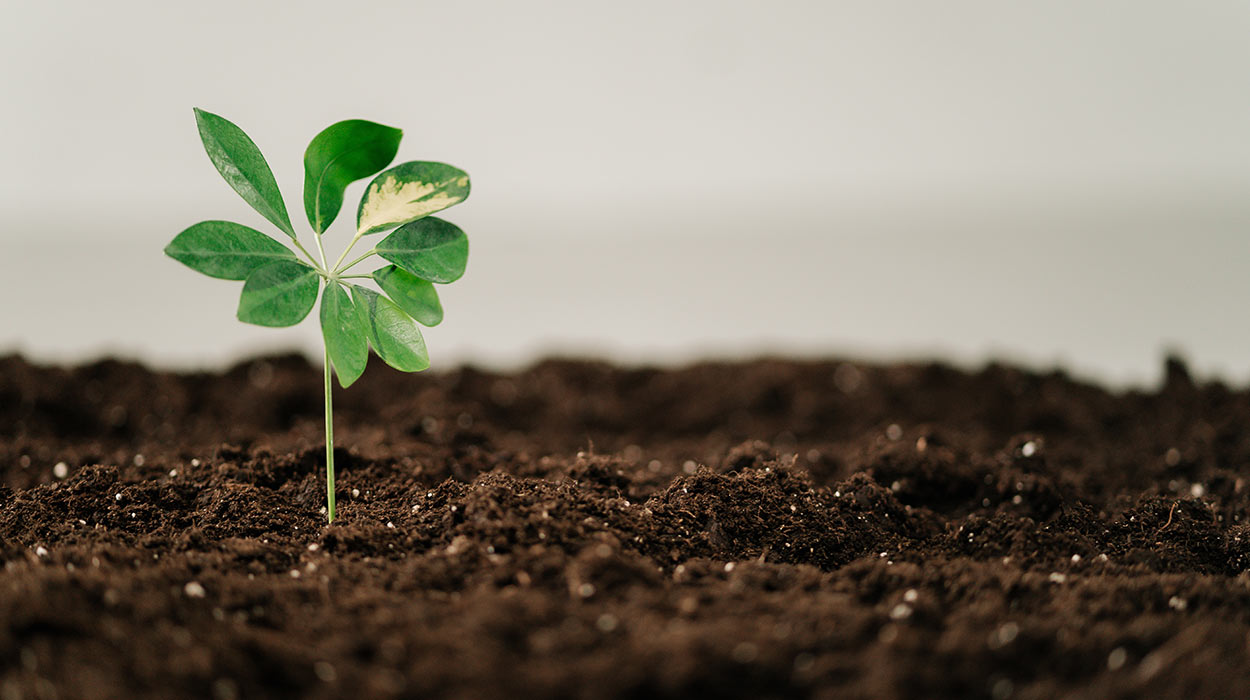
There’s a lot to learn, isn’t there? What do you think schools could do to raise awareness of the need to care for our planet?
I’d love to see environment and climate studies front and centre in the national curriculum because right now, there’s a fairly ad hoc approach. My daughter’s primary school is really active in teaching climate-awareness, and that’s driven by a teacher who’s incredibly passionate about the environment, which is fantastic.
Nothing is more important than understanding and protecting the ecosystem that sustains us, so making it a formal part of the curriculum feels like a no-brainer.
Agreed! So, what are your plans next?
Top of our agenda is to build and launch our digital platform so we can handle larger volumes of businesses that want to greenify. Then we’ll really accelerate our expansion into a wider range of sectors.
Exciting times! Which big brands would you like to see greenify?
I’d love to welcome a global brand on board – like MacDonald’s. I think a carbon-balanced burger would be a pretty cool lunch, and partnering with a major corporation would certainly fund a lot of trees. But more than that, connecting with a global audience would really help grow the greenify movement.
Yet however big the greenify movement becomes, the most important brand in the greenify family will always be the pioneer – the business that had the vision and the courage to step up and be the first to say, “we’re taking responsibility for our environmental footprint, and we’re taking action to offset it”. And I’m delighted to say that will always be A.D.
So I’m incredibly proud to be partnering with A.D., with Nick, Amo and the entire team. So thank you guys – you’re helping to change the world!
Our interview with Nick

Why did you decide to greenify?
The way A.D. operates in this world has been fundamental to Amo and me for several years. Until 2021, we used ISO 14001 (an internationally agreed standard that sets out the requirements for environmental management systems) to drive our improvements in this area year on year.
We’ve always understood that we impacted the environment through the resources we used, the suppliers we chose to work with, and the types of products and solutions we marketed to our customers.
Greenify really helped us take ownership and make a real, tangible difference by doing something real and measurable about our environmental footprint as a company. ISO (International Organization for Standardization) continues to drive that passion for being more wholesome in our approach to business.
Have you seen a change in the team since you decided to greenify?
Yes, absolutely. It is important to note however, that the environment and sustainability has been on our agenda since we were first accredited for ISO 14001 back in 2015. We took this further in 2018, when we became signatories of the UN Global Compact. So, partnering with Greenify in 2021 was natural in our evolution to make sustainability and the way we do things an ongoing part of our DNA. Every single member of the team continues to think about the most sustainable way of approaching things – it has helped everyone focus more. Greenify has taken us to the next level as it makes things real and tangible. Whether it’s a task within the business that can now be done paperless or a meeting that can be done on Teams instead of in-person, right through to product suggestions for customers who come to us looking for solutions.
We always knew we would have to live and breathe greenify as a new initiative, but as directors of the business, we thought it would take a little more onboarding. I’m proud to say that we were wrong – the guys have embraced it, taken pride in what we are doing, and most importantly – ‘why’ we’re doing it. In many ways, this is down to the journey we have been on since 2015, our dedication to continuous improvement, training in this area with our team and importantly – new recruits that have joined us.
Why is sustainability so important to you?
I guess what it comes down to, is that we have a responsibility to look after our planet to benefit the next generation. Both Amo and I are parents (me more recently with my daughter Ava), which has made me even more passionate about the idea that we have to look after this world like we would any life. It is precious and not to be taken for granted.
Many years ago now, Amo told me how his oldest son, Dhillan, would come home from school and tell him off for leaving lights on, or not recycling enough – and on one occasion, he asked him to sell his car (one of his more prized possessions!) and buy a bicycle instead! It resonated with him at the time, which is where our journey started, and I understand it very clearly now that I am a father.
It is also important to remember that we do not own this planet. We share it with every other living thing that calls it home – from the animals to the plant life and trees that clean our air. The delicate balance that keeps everything going is crucial to our future, and it is about time humans started to take the responsibility seriously.
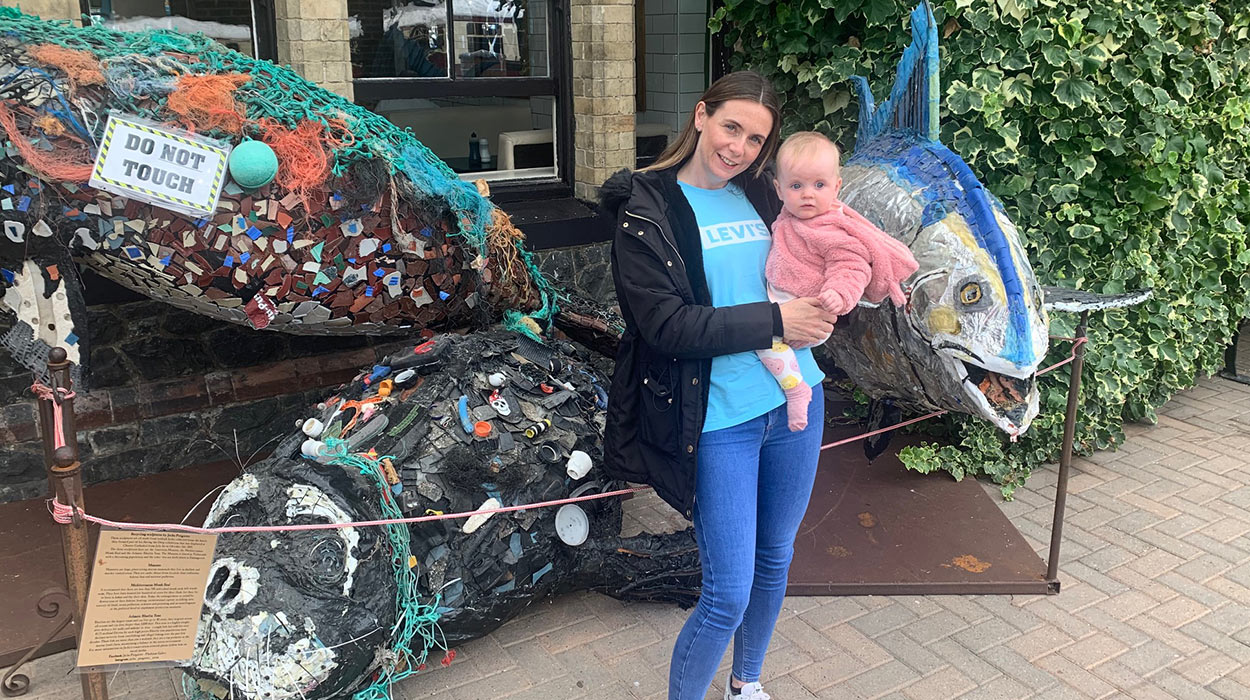
The image above shows Nick’s partner Charlotte and daughter Ava at Betws-y-Coed. These sculptures were crafted entirely out of plastic that has washed up on the beach.
Okay, but we’re keeping it real here – what have been the biggest challenges you’ve faced since you decided to greenify?
There haven’t been any ‘big’ challenges to be honest! There are, of course, everyday challenges – like the continuous education of our supply chain and customer base. We work closely with our key suppliers, and together we are looking at how we do things to be more efficient and sustainable in our supply. We know we can always do better, so we set ourselves and all of our stakeholders the challenge to do so!
With our customers, we are working harder than ever in our planning. One good example of this is talking to them about upcoming projects and the importance of letting us help them plan further ahead. Everyone is busier than ever, but ensuring we leave ample shipping and delivery time on some of the larger products we source from the Far East can make a huge difference. Shipping one 40ft container by sea freight emits up to 75 times less CO2 than an equivalent delivery made by air – and you would be surprised at the number of times we have had to do this! It’s our job to make our clients aware of things like this and the many other ways we can work smarter in this world that we operate in.
You also do a lot of work with A.D. and our younger generation, so we know that you care a lot for their future. Has this affected your decision-making process when it comes to sustainable products and business decisions?
Most definitely! For example, as a supplier of branded merchandise, we always have a range of our own branded products that we use internally and gift to our customers and stakeholders. Every single one of them has to meet strict criteria.
We have a reusable cotton bag – made from proven 100% recycled cotton, and for every bag we bought, 2% was donated to water.org, and each bag saves 1200 Litres of water (yes, you heard that correctly!). Standard bags can use an unbelievable amount of water during the production process, not ours, though!
We have to put some sweets in the bag too, Vegan Jelly beans – which were packaged in recycled and recyclable card packaging (they tasted just as good as the originals and only lasted a week or so!).
We’ve also created an umbrella to keep the Manchester rain off, that came from our carbon-negative umbrella manufacturer based in Yorkshire. They’re produced in their factory, which is powered through a combination of hydro and solar power.
All of these solutions were delivered to our offices via our UPS Carbon Neutral shipping service. Each and every step is a conscious business decision to do things the right way.
So you can see, that ‘sustainability’ ethos is a core part of what we do, day in, day out!
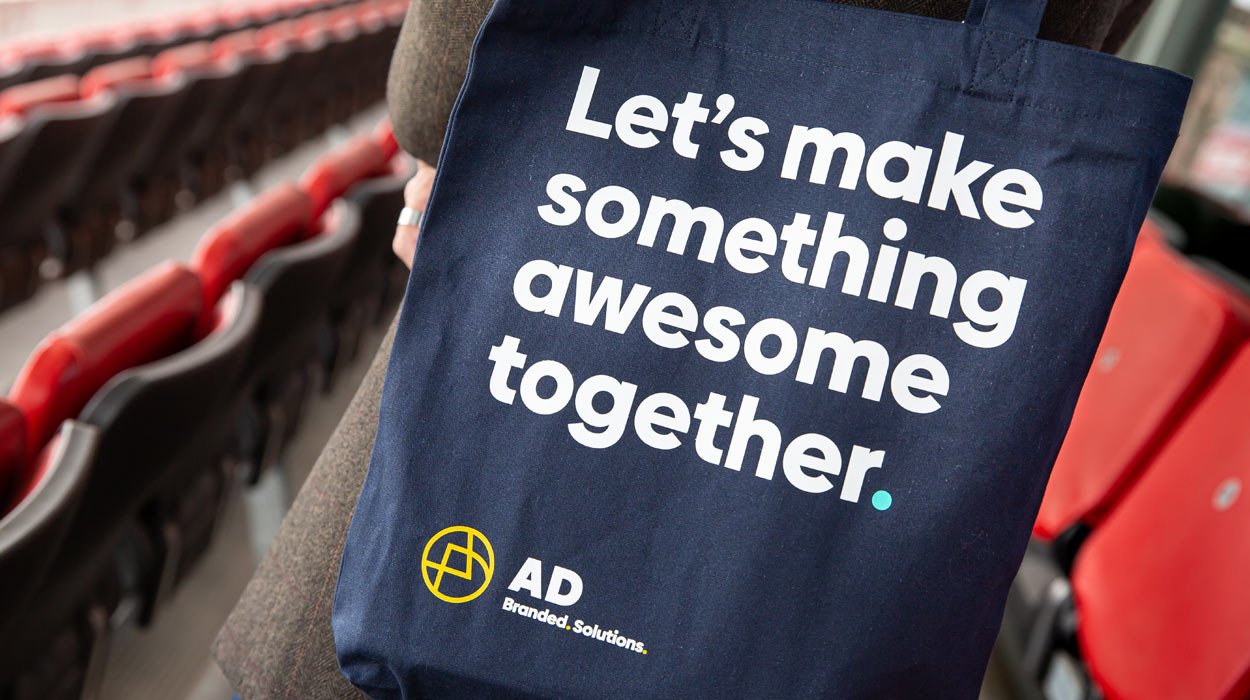
Big brands are getting more involved, like Adidas pushing the boundaries of sustainable packaging by designing shoes that contain recycled plastic. What other big brands do you hope to see doing more to become sustainable?
The more companies – large and small – that start to take ownership of their impact on the world, the better. Of course, it’s fantastic that Adidas has done this because it brings the conversation to the forefront of people’s minds. However, everyone has a part to play. Even the smallest of companies taking steps to be a little more environmentally conscious will help massively.
The businesses we run and the industries in which we work are what they are; some have a significant impact on the natural world, others less so – but the important thing is to recognise it and take ownership of it. It is then down to their leaders to be brave and make those ambitious promises that they will do better in the future.Take one of our customers as an example. Bentley Motors produces cars, and it’s no secret that emissions from vehicles play a large part in some of the problems we face. They have promised that their entire range will be made up of electric and plug-in hybrid vehicles by 2026. What a great example of taking ownership of their impact and doing something about it!

Sounds interesting?
Just by working with A.D., you’re helping to balance out our ecological footprint. Download our factsheet, to learn more about the types of projects we contribute to through our partnership with greenify. Don’t forget to visit the greenify website to discover more about the fantastic things they’re doing.
Download factsheet >
_________
Get in touch with us today, and become part of the solution with us!
Let’s make something awesome together
Our solutions
Discover how we can help your business amplify brand awareness and build meaningful connections…
Learn more